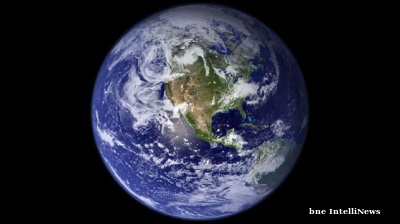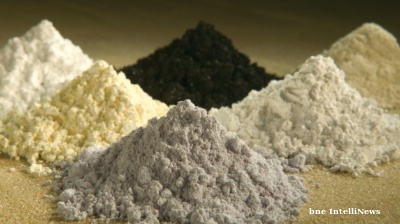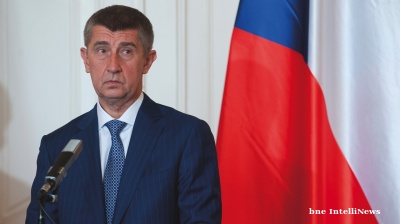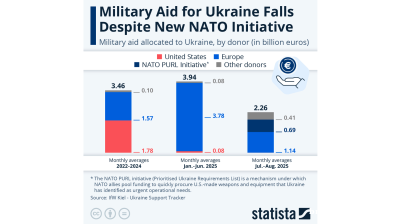The weakness in Russian retail sales looks close to bottoming out, but any turnaround will be modest. This is one reason to think that the overall recovery in GDP growth will be weak and that the central bank’s easing cycle is likely to be deeper than most currently expect.
Russian retail sales growth has slowed from over 3.0% y/y in mid-2018 to just 0.7% y/y in September, which marked its lowest reading in two-and-a-half years. This slowdown reflects a number of factors.
Perhaps the most commonly-cited explanation is the VAT hike at the start of the year. The increase in the rate from 18% to 20% mainly affected non-food items and non-food sales have weakened sharply, accounting for 1.8%-points of the 2.6%-point slowdown in total sales growth since November. However, this doesn’t explain the whole story. The impact of the VAT hike is fading – headline inflation has dropped from a peak of 5.3% in March to 4.0% in September – yet retail sales growth has continued to slow.
It seems that general weakness in the labour market is also weighing on retail spending. Real wage growth slowed sharply between 2018 and early 2019, and by more than can be justified by the rise in inflation alone. (See Chart 1) And this has come alongside much weaker employment figures – employment has been falling in year-on-year terms this year. (See Chart 2)
Of course, it shouldn’t come as a surprise if Russian employment is falling – the country’s working-age population is in decline. However, the shift in employment growth this year is striking, which suggests that it’s a problem with the demand for rather than the supply of labour.
Part of the weakness in employment may reflect the overall slowdown in the economy. GDP growth averaged just 0.7% y/y in the first half of this year compared with 2.3% in 2018. A range of legislative measures introduced at the start of the year – including changes to the age at which employees can retire and tax changes for self-employed workers – may have been at least partly responsible too.
We think that retail sales will stage a mild recovery next year. The effects of the VAT hike will unwind, and inflation will continue to fall, perhaps to as low as 3.0% in early 2020. The employment expectations component of the composite PMI has recovered in recent months. These developments, as well as planned public sector salary and pension increases, should boost households’ real incomes and support spending.
However, the boost from faster real income growth will be mitigated by other factors. Retail lending will slow further as the central bank maintains macroprudential measures amid concerns about excessive credit growth. This, coming alongside a reduced squeeze from low real income growth, means that the household savings rate is likely to increase from its currently low level.
As a result, any pick-up in consumer spending should be muted and this is likely to prevent a much faster recovery in the wider economy. Our forecast for GDP growth of 1.3% next year is far below consensus. Slow growth is likely to keep the central bank in easing mode, and we expect the policy rate to be lowered from its current level of 7.00% to 6.00% by early next year (market pricing: 6.25%).
This article was emailed out to subscribers of Capital Economics and appeared on its website here.
Opinion

COMMENT: Hungary’s investment slump shows signs of bottoming, but EU tensions still cast a long shadow
Hungary’s economy has fallen behind its Central European peers in recent years, and the root of this underperformance lies in a sharp and protracted collapse in investment. But a possible change of government next year could change things.

IMF: Global economic outlook shows modest change amid policy shifts and complex forces
Dialing down uncertainty, reducing vulnerabilities, and investing in innovation can help deliver durable economic gains.

COMMENT: China’s new export controls are narrower than first appears
A closer inspection suggests that the scope of China’s new controls on rare earths is narrower than many had initially feared. But they still give officials plenty of leverage over global supply chains, according to Capital Economics.

BEYOND THE BOSPORUS: Consumed by the Donald Trump Gaza Show? You’d do well to remember the Erdogan Episode
Nature of Turkey-US relations has become transparent under an American president who doesn’t deign to care what people think.




